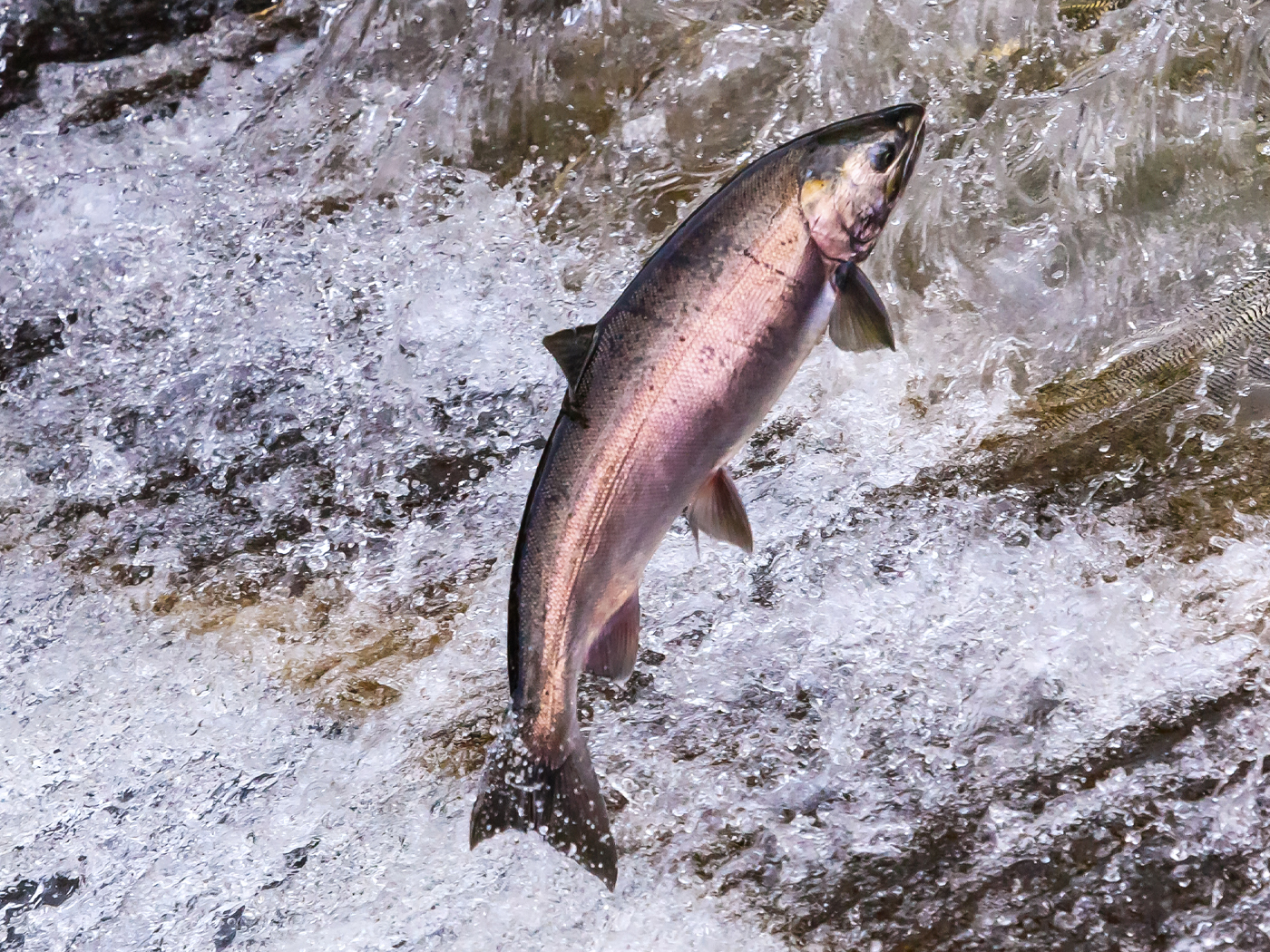In Answers Research Journal 10 (2017): 271-283
The Sauk megasequence is thought to have been deposited during one of the highest sea level episodes of the Phanerozoic. However, few, if any, have examined the extent and volume of sediments deposited across entire continents in order to test the published, secular sea level curve against the rock record. This study examines the Lower Paleozoic sedimentary rocks across North America, South America, and Africa with particular attention given to the Sauk megasequence. Results show that the Sauk megasequence most likely represented a limited rise in global sea level. Africa and South America exhibit very little evidence of continental flooding during the deposition of the Sauk megasequence. In addition, the total volume of rock deposited during the Sauk event was consistently one of the smallest amounts across all three continents, compared to the later megasequences. Post-depositional erosion of the Sauk megasequence alone cannot explain the patterns we observe. We conclude that the published global sea level curve is inaccurate in an absolute sense and that the Sauk megasequence represented only a partial, but violent, start to the global Flood. Data indicate the Floodwaters likely reached peak height during the later Zuni megasequence.
Click here to read the full article text.










